Mini Puck Solid-State Relay: A Compact and Reliable High-Efficiency Switching Solution
The GF1 mini puck solid-state relay is a compact product in Greegoo's solid-state switching solutions, taking up only 30% of the space of traditional solid-state relays. Despite its small size, it remains highly reliable. The GF1 uses back-to-back thyristors for switching, which are more durable than traditional triacs. It employs wire bonding technology to reduce mechanical and thermal stress on the output chip, thereby extending the product's lifespan. The GF1 is ideal for use in situations where space is limited and frequent switching of resistive loads is required.
Application
• Coffee machines
• Vending machines
• Kitchen appliances
• Temperature control units
• Climatic chambers
• Packaging machines
Features
• 1-phase AC solid state relay
• Zero cross switching or instant on switching
• Back to back thyristors for output switching
• Long lifetime through reduced stresses on output chips
• Ratings up to 280 VAC, 25 AAC @ 80°C (176°F)
• 5 VDC, 12 VDC or 24 VDC control voltage
• LED indication for control ON
• Integrated output overvoltage protection
• 100,000 cycle (endurance) tests
• Conformance to EN 60335-1 requirements
• Pre-attached thermal interface to SSR backplate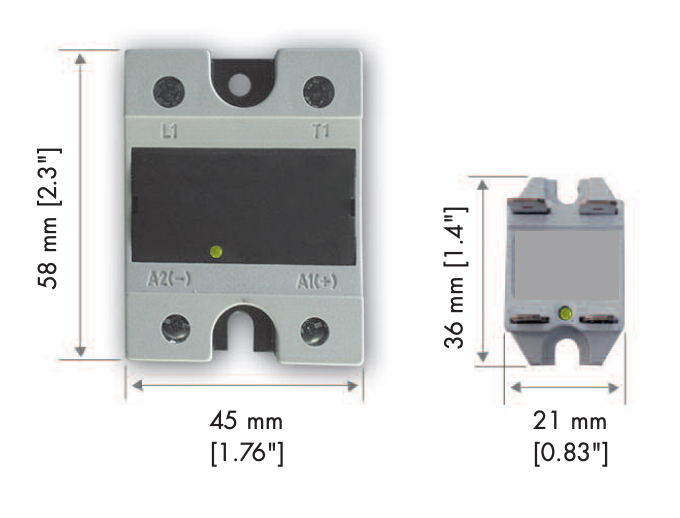
30% Space of Standard Solid State Relay
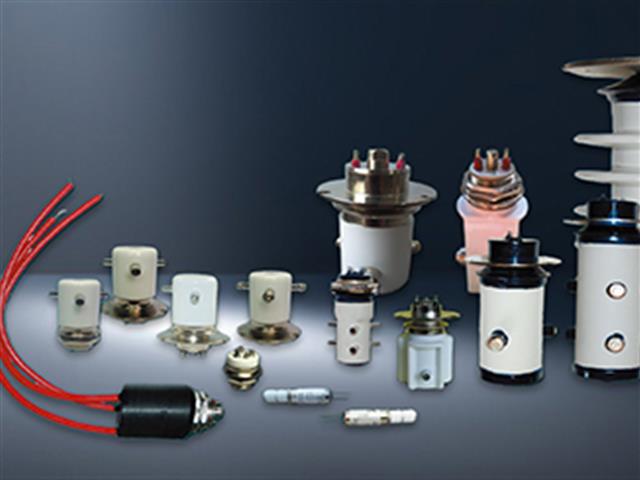
Gas-Filled Relays vs. Vacuum Relays: A Comparison and Application in High Voltage Switching Technology
the difference between gas filled relay and vacuum relay
Read More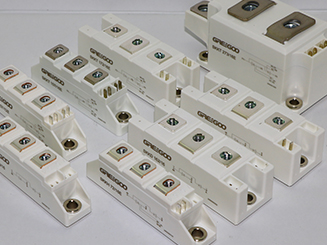
SKKT SKKD SKKH series Thyristior Diode Modules
The SKKT, SKKH and SKKD series Thyristor Diode Modules offer excellent current carrying capacity and low conduction loss, significantly enhancing overall system efficiency.
Read More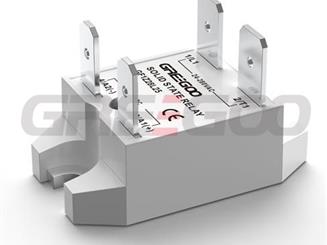
FASTON terminals connection SSR 1 phase ac switching SSR Relay
1-Phase, 15A and 25A, 230VAC with LED status indicator, FASTON terminals connection, easy to use, compact design, miniature package for space-demanding applications.
Read More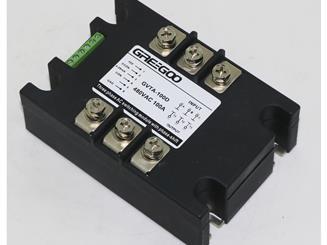
What's the difference between phase control Thyristor Module and Rectifier Diode Module?
Thyristor modules are used for controlled switching and power regulation, while rectifier diode modules are employed for converting AC to DC in rectification applications.
Read More













